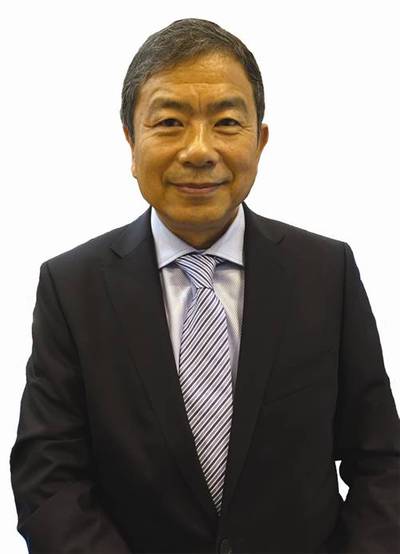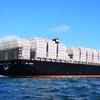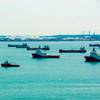Maritime Reporter & Engineering News interviews Chen Yong president Zhoushan IMC YongYue Shipyard Engineering Co., (IMC-YY) an emerging leader in ship repair and conversion in China.
For our readers not familiar with IMC-YY, can you describe your physical facilities?
Houshan IMC-Yougyue Shipyard & Engineering’s success starts with its physical facilities, which includes two graving docks (300,000 dwt, 350 x 65 x 13.6 m; and 100,000 dwt, 251 x 39 x 11.8m) and two sizable wharfs, one measuring 524.5m long with a 12-m depth, the second 250m long with a 12-m depth. IMC-YY started drydocking repairs on January 18, 2006, and it is located at the Mazhi Island Zhoushan Zhejiang, meaning it is situated in a very convenient marine convenient traffic region. The regional location and the favorable port condition are ideal for drydocking and shiprepair works, and in the last decade the shipyard has achieved considerable experiences for all kinds of merchant ships repairs including tankers, RoRos/PCTC/PCC, containerships, and bulk carrier, with the shipyard eying the lucrative and expanding cruise ship’s repair market in the near future.
How do you see the ship repair market today?
I think a lot of people focus too much on the condition of the market, complaining that the market is bad. To us, the market is the market: sometimes is it going up, sometimes down. To me it is not good or bad. The most important thing is to prepare well to catch the market on its way up and to prepare for the inevitable slowdown.
In our past conversations you have discussed the importance of your employees in the grand scheme of your overall business philosophy. Can you elaborate?
We have about 1,200 employees today, all direct employees, not subcontractors. (Subcontractors) can sometimes help you reduce costs, but it can also cause quality problems. We like to find the right people and employ them directly, training them regarding our corporate mindset, our culture, our business philosophy. First and foremost, we call it our ‘enterprise culture’ and the first thing our employees learn is to provide good service to the ship owner. This means we talk to our clients (and understand their needs); this is a partnership. Second, it is important that we create something for the future, meaning that we must try and invest in new technologies.
What technology do you see as important to making the business of fixing ships more efficient and safe?
Sand blasting and grit blasting both come with problems for health and the environment; hydro blasting has a very bright future. Our shipyard is the first in China to use hydro blasting technology, a technology we use which was developed in tandem with Palfinger and Hammelman. We want our shipyard to be a leading shipyard in adopting hydro blast technology and we want to introduce this technology to all Chinese shipyards. It is a social responsibility.
Have you continued investment in the yard through the current downturn?
We invested about $35 million in new equipment (in 2016), with another $5 million planned (for 2017). Investment is mainly in hull treatment and tank cleaning and coating. We want to create a new concept in ship repair; we want to become a lifetime partner in the health of our clients’ ships. After a repair is complete we provide a report with recommendations for future maintenance and repairs. Also we want to make repair information available online. We are sure that the ship repair business will be changing soon, driven by digitalization.
(As published in the January 2017 edition of Maritime Reporter & Engineering News)
















